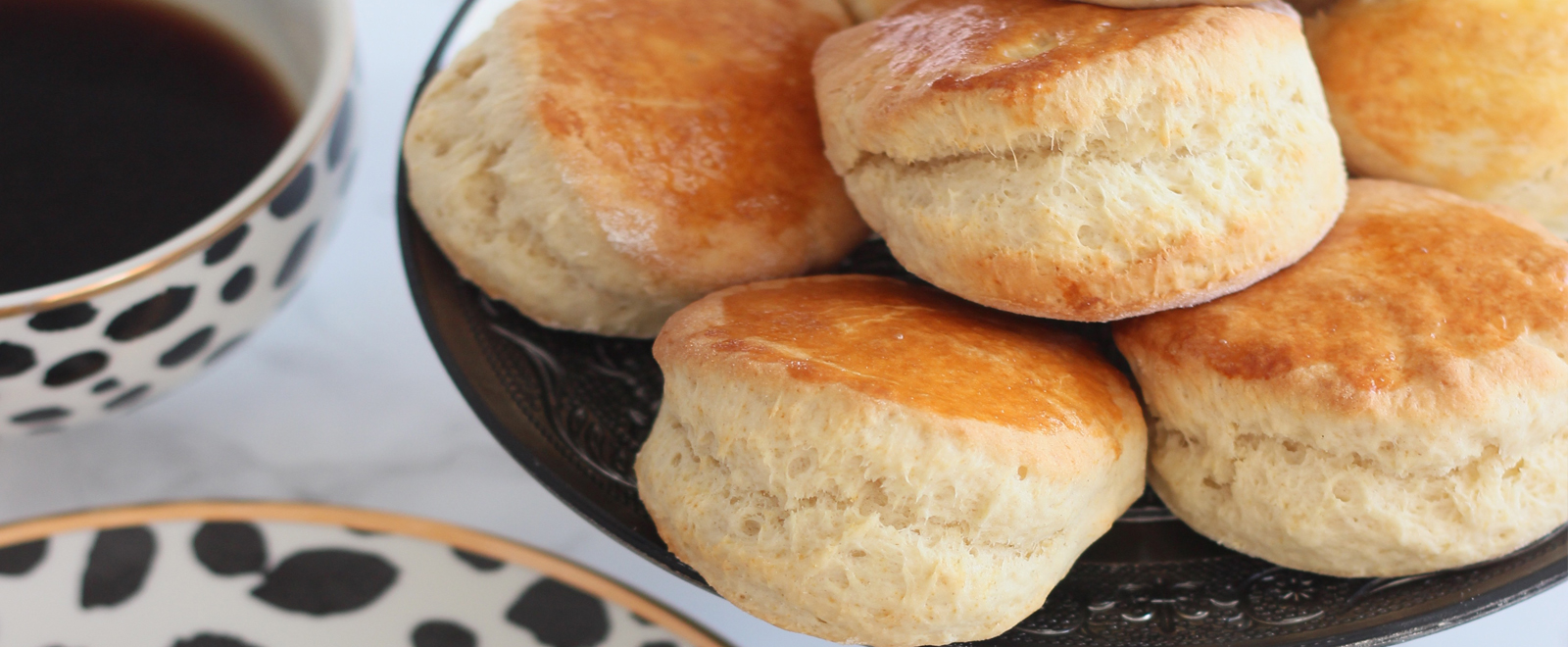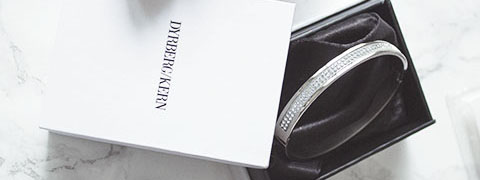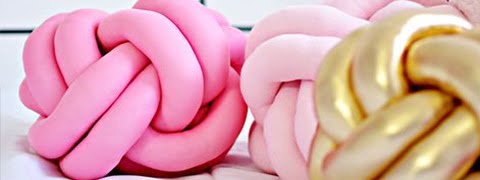These are one of my favorite house plants. I first bought them two years ago but I didn't handle them well because of my poor knowledge of how would they survive in Spring / Summer Swedish weather. I was used to see them outdoors in gardens in Turkey, so I thought it would be ok to place a pot in the balcony, but unfortunately next day I found the plant dead... I was so sad and I haven't bought them since.
This year I educated myself a bit about how to handle and taking care of my Hydrangea indoors instead. I placed them in this lovely silver cup pot and placed them by the living room window. The info below is what I found and I hope it can be useful for those who are interested:
This is a plant that really knows how to show off. Big, round clusters of small flowers cover the plant all summer in blue, violet-blue, white, pink or red. A potted hydrangea looks stunning on a dining table or anywhere you want to add instant garden ambience.
Hydrangea shrubs are perennials. Woody stems are densely covered with big, oval leaves that are deep green.
 Good hydrangea care includes cool air, bright light and moist soil. Dozens of species exist. The best for growing indoors is Hydrangea macrophylla -- the mophead hydrangea, which offers hundreds of varieties.
Good hydrangea care includes cool air, bright light and moist soil. Dozens of species exist. The best for growing indoors is Hydrangea macrophylla -- the mophead hydrangea, which offers hundreds of varieties.
Keep the soil moist. Dry soil can be the death of this plant. Leaves that turn yellow and fall off are a sign of dry soil. Flowering plants are thirsty, so it's a good idea to check the soil every day while in bloom.
How to keep blue flowers blue. Blue hydrangeas need acidic soil (pH 5.5 and lower) or they will change flower color from blue to pink. Alkaline soils (higher than pH 7) are fine for pink varieties. To keep the blue color, add sulphur while the plant is blooming. Neutral pH (between pH 5.5 and pH 7) can make the flowers purple or a mix of pink and blue. It's important to know that not all cultivars can change to blue, so buy the color you want and try to maintain it.
Hydrangea pruning tips. Mophead hydrangeas don't need to be pruned back unless you want to control their size. Cutting off about 1/3 of the oldest stems will give you a fuller plant. When to prune hydrangeas: After blossoms fade.
Pruning hydrangea care tip: When pruning hydrangea, care should be taken not to tear the stems, which can damage the plant. Use clean, sharp pruners to cut the stem at a 45° angle, 1/4-inch above a leaf axle.
Overwintering your plant. If you intend to keep your plant indoors, repot after flowering and cut the stems back by half. Keep the plant cool during the winter, then move it to warmer conditions in late winter to help bring it into bloom.
If you meet the needs for hydrangea care, you can count on it to bloom year after year.










.png)






























No comments